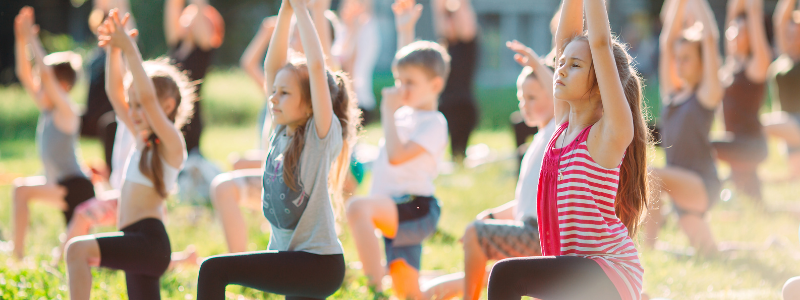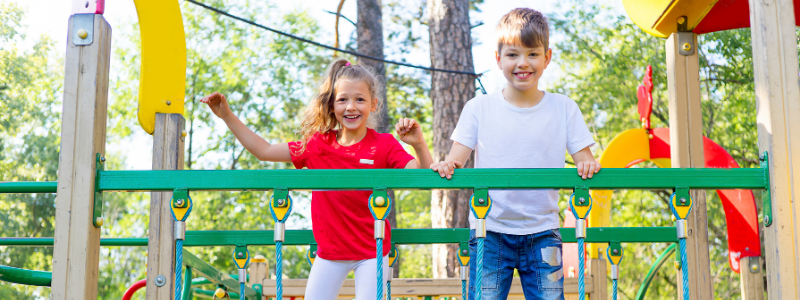The Canadian Parks and Recreation Association (CPRA), a national organization dedicated to realizing the full potential of parks and recreation as a major contributor to building healthy and active communities, hosted a webinar last September 10, 2020. The speaker, Brenda Herchmer, an expert in community development, talked about the Five Key Strategies for Being a Future-Ready Recreation Leader. Here are Quantum Recreation takeaways:
The webinar covered strategies for strengthening the impact of recreation, what it means to be a future-focused recreation leader, inspiring ideas, promising practices and tools to put the national recreation strategy in play. (https://links.quantumrecreation.com/101020)
In a fast-changing world, we would need future-focused community leaders who: create strategies for more complex issues; develop new leadership models, work more cross-sectoral; enable more citizen engagement; and make the best use of our collective resources.
These are the five key strategies for being a future-ready recreation leader.
1. Maximize Leadership Growth
Future-focused leadership has three (3) essential components: strategic foresight, systems-thinking and community-led development. A future-ready leader is not entirely content with the present and always aiming for the better. It is a person who exerts effort to develop better alternatives, observe and understand community as a system and apply strategic foresight. A future-ready leader is a community-builder who can provide responsive, meaningful programs, products, services, initiatives and make a change.
A changing world is driven by fast-paced information flows and technological factors that cause increasing volatility, uncertainty, complexity and ambiguity. This will demand new skills, knowledge and attitudes. Successful leaders are those who already mastered the basics of change, anticipate it early on and manage it in whatever situation.
The work we do in recreation is very well aligned with futurism. Recreation is an opportunity to make a difference because it can influence what the future will be.
2. Never Forget Your “Why”
We frequently focus on what and how but if we are going to be innovative and inclusive, we first have to begin with why. The “why” is our recreation benefits, contributing to the individual, community and environmental wellbeing.
There are various key marketing messages recreation can use to promote its benefits. Use these benefits to position and market recreation as part of the solution to broader community issues, i.e., illiteracy, crime, mental health, illness. This is what keeping the leaky faucet from dripping means.
3. Utilize Strategic Foresight
There is a need to shift the emphasis in the following areas: leadership, outcomes, power, collaboration, involvement, timing and focus. There are a whole lot of factors that are impacting recreation, and it is important to identify several different plausible future scenarios. Pay attention to what people are already attracted to, recreation trends and weak signals or edge cases that are starting to emerge, potentially impacting the future. Being positioned at the grassroots is advantageous because it will enable us to pay more attention to these weak signals.
4. Prioritize Citizen Engagement
Two strategies are typically being used in recreation, direct service delivery and community development. Direct service delivery is based on the needs model, and community development involves the community’s capacities and assets.
A recreation leader’s job is to call the meeting and build the connection by community building and designing a process that will allow all voices to be heard. Think big, but you can start with small ways to engage your community.
5. Be Driven by Vision and Values
Remember recreation’s vision and values. Make sound decisions and take actions that are in line with these values and key priorities.
Aside from these 5 key strategies, you may also note the simple actions you can do as a future-ready leader. You can observe trends in your daily life, read, cultivate curiosity, promote a learning culture, and so on. In complicated times like Covid19, look out for clues and think of actions you can take. Act in a spirit of hope, be “context-alert,” be a learner/teacher and always practice compassion.










